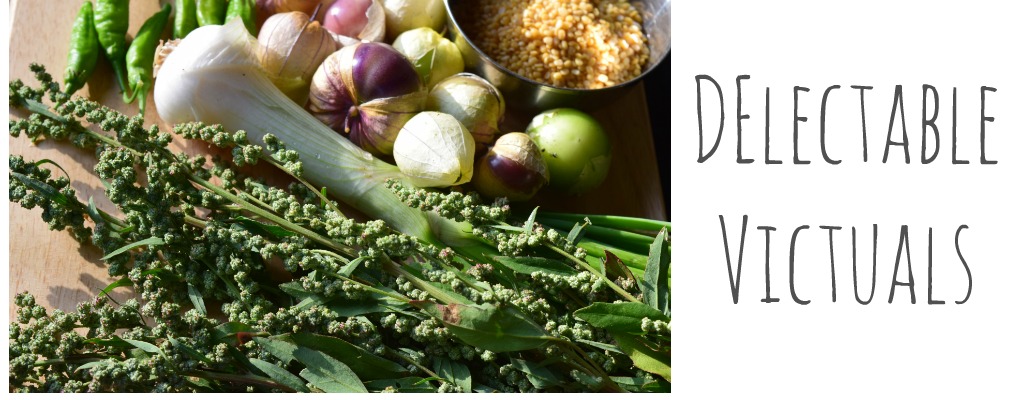Savoring the local fruits...
Decades ago, I took these fruits for granted. But, now that I am back in Madras (India) for the longest stay in the last 16 years, I am voraciously hunting and savoring these fruits, eager for my kids to enjoy them as well (which is proving quite challenging, considering what little fuss-pots the kids are).
 Mangoes.
Mangoes.Be it Banganapalli, Bangalora, Mulgoa, Rumani, or Neelam, they all have their own unique tastes and textures that it is pretty interesting to identify them blindfolded :)
Of course, there are hundreds of varieties all over India, but these seem consistently the most popular commercial varieties, readily available during the mango season.
 Sapota.
Sapota.Almost every house on our street had a sapota tree when I was growing up. I don't remember my mom ever having to buy these when I was young, we would just pick them off our neighbors' trees (with permission) and enjoy.
It almost looks like a round potato. The rough brown skin hides the sweetest flesh I have tasted. This seems to be an acquired taste, however. The strong aroma of the fruit can be off-putting for some.
 Sitapazham, aka Custard Apple.
Sitapazham, aka Custard Apple.This is not very popular in my house, me being the sole fan of this usually heart-shaped fruit.
It is a bit laborious to eat as it is full of pits, each black pit hiding inside a thin layer of sweet white flesh. The best way I like to eat it is to scoop some with a tablespoon and pop it in my mouth, suck out the flesh and spit out the pits. It almost seems like the flesh:pits ratio is about 1:2 :)
I've had Cherimoya as well, but something about this Sitapazham makes it more appealing to me.
 Jackfruit.
Jackfruit.I have extolled its virtues already in my previous post... just to recap: Jackfruit probably doesn't appeal to all on account of its strong odor, size-and-shape, and its spiky exterior.
I love whole Jackfruit - everything about it appeals to me - the impressively huge tree, the way the fruits hang in the tree, the spiky green exterior skin, the sticky fibers which are quite useful as glue, and of course the sweet yellow flesh.
The flesh is best when firm, yet ripe. It tends to get slimy when too ripe, and gets a really strong odor that is rather unpleasant for me.
 Nagapazham, aka Naval pazham, aka Jambul, Jamun fruit, (Syzygium cumini, Myrtaceae).
Nagapazham, aka Naval pazham, aka Jambul, Jamun fruit, (Syzygium cumini, Myrtaceae).These black, almost grape-like fruits, have a gorgeous lilac inside, with a black pit, and are supposed to be a great equalizer for diabetics, even the leaves of this tree have medicinal properties.
The only time during the year when we would get to eat it is around Krishna Janmashtami. My mom would soak these in thin buttermilk sometimes, before letting us gorge. I love the way it turns the tongue deep purple :)
 Pomegranate, Punica granatum aka anar, aka madhulam pazham.
Pomegranate, Punica granatum aka anar, aka madhulam pazham.The ruby red arils are incredibly juicy and delicious, full of antioxidants, and is usually eaten with the tiny seed inside. Dried whole seeds (known as anardana) are used in Indian cooking, and the juice can be added as flavoring for certain soups and curries.
I like to break open the fruit, separate the membranes and collect all the seeds/arils in a bowl ready to eat. My dad likes to sprinkle some sugar and let it sit for a while before enjoying his bowl of pomegranate, but, I like it plain.
 Guava.
Guava. I like these rather raw, not ripe. And, I do eat all the seeds inside, even if it means flossing my teeth after my tongue tires from dislodging the bits between my teeth :)
I find the flavor and the smell together is quite delicious. I am glad I get Kern's™ guava nectar where I live - if I look hard enough I can even find guava juice with no added sugar.
When I was young, I remember having only the green-to-yellow skinned ones with off-white flesh, but the pink-fleshed ones seem to appeal to me more, after tasting the ones imported from Mexico.
Labels: fruits, indian, miscellaneous







